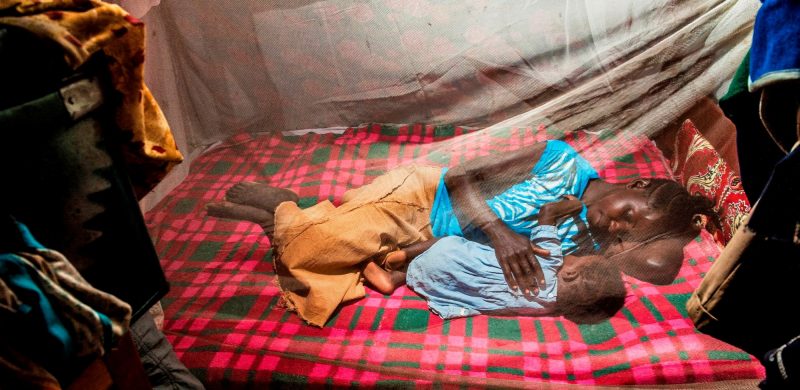The costs of accessing malaria diagnosis and treatment services have largely reduced in the malaria endemic Lake Counties since community health workers (CHWs) started offering services in the communities.
This has been revealed through an evaluation carried out by Amref Health Africa and the Ministry of Health in Bungoma, Busia, Homabay, Kakamega, Kisii, Kisumu, Migori, Nyamira, Siaya and Vihiga counties.
These findings were presented in an end-term evaluation of the Global Fund Malaria Project implemented through 16 sub recipients in the period of 2012 to 2017 with the objective of assessing and reducing conditions that lead to high malaria related morbidity and mortality in the region.
The evaluation attributed this reduction to the fact that the CHWs visited households to test for malaria, treat the uncomplicated cases and refer the complicated cases and pregnant mothers with malaria positive results to nearby health facilities for further management. The respondents reported that the Community Case Management of Malaria (CCMM) had contributed to offloading the burden from the health facilities. The reduced number of patients with uncomplicated malaria being attended to in the health facilities is as a result of early detection and treatment by the CHWs in the community.
“Amref Health Africa is privileged to be the non-state receipent of the Global Fund Malaria grant. Through the project, we have been able to reach many people in the communities with malaria related information and come up with interventions to strengthen health systems especially at community level. This helps in advancing Kenya towards Universal Health Coverage,” remarked Amref Global Fund Malaria Project Manager, Mr Jared Oule.
Kenya ranks fifth in a list of countries that are estimated to account for 90 per cent of malaria cases in the African region with levels of endemicity varying from region to region, with diversity in risk, largely driven by altitude, rainfall patterns and temperature.
The findings of the evalutation showed an increment of 34% for respondents who seek treatment for malaria through CHWs which highlighted the rising recognition and utilisation of CCMM services in the communities. Siaya County reported the highest number of people seeking treatment from the CHWs at 55% followed by Homabay County with 45% and Bungoma and Busia counties at 39%.

Malaria is a particularly devastating disease for children.
The data was obtained through household survey of beneficiaries of the CHWs work as well as holding interviews with the CHWs who were trained on areas such as community dialogue, case management, advocacy, communication and social mobilisation. Training they received through the Global Fund Malaria project was beneficial to their role of testing and managing uncomplicated malaria as well as referring the complicated malaria cases and pregnant mothers with malaria symptoms to link health facilities.
“CHWs are key for us to ensure that we are able to eradicate and monitor diseases especially in communities where poverty levels are high , they are easily able to integrate and have the confidence of the people. That is why Amref Health Africa continues to advocate for them to be integrated fully into the health system” added Mr Oule.
Malaria is a particularly devastating disease for children, with about 70 percent of the total cases in sub-Sahara Africa leading to deaths involving children under five and pregnant women .This is despite the fact that Kenya has adopted universal access to diagnosis and treatment services.
